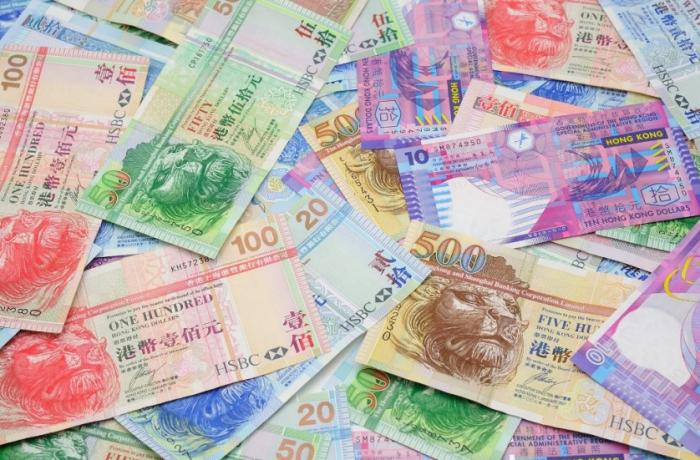More and more countries are having their banknotes printed in China
Posted on August 13th, 2018
Courtesy Asianews.it
Since the start of this year, the printing presses of state-owned companies are working at full capacity. Company sources are saying that only a small part of their work is printing yuan. Thailand, Bangladesh, Sri Lanka, Malaysia, India, Brazil and Poland are among the countries that rely on China. Currency is a symbol of a country’s sovereignty. This business helps build trust and even monetary alliances,” one expert says.
Beijing (AsiaNews/Agencies) – State-owned China Banknote Printing and Minting Corporation (CBPMC) is printing the banknotes of foreign countries at full capacity, company sources report.
Some of the countries that have joined Beijing’s Belt and Road Initiative tasked China with printing their national currencies. Last month, the production hit full capacity.
Meanwhile, the use of credit card and smartphone payments has increased in China in recent years. It is estimated that only 10 per cent of retail transactions was in cash.
In 2015, China started printing 100-rupee banknotes for Nepal. This was followed by contracts with Thailand, Bangladesh, Sri Lanka, Malaysia, India, Brazil and Poland. The actual number of countries that outsourced currency printing to China is unknown.
CBPMC is based in Beijing’s Xicheng district. It describes itself as the world’s largest company of its kind with 18,000 employees.
A CBPMC subsidiary, Zhongchao Special Security Technology, is the world’s top supplier of security features for banknotes.
One of its major advantages in this area is its ability to provide security features at a relatively low cost compared with more technologically advanced Western rivals.
Some security features such as embedded thread, metallic ribbon and colour-shifting ink require considerable licence fees and many countries cannot afford to print all the banknotes they need.
With the sudden arrival of big orders”, China’s largest currency paper mill in Baoding, Hebei province, sprang in to action.
Our machines have been running at full steam for months”, said one employee. However, the sudden rush in orders has left the factory struggling to keep up.
The process of producing banknotes involves turning fine cotton and linen fibres to pulp, which requires a lot of steam, supplied by the local generating plant, and the resulting power demands have left the whole city struggling to keep up with the pace of production.
Another currency paper mill in Kunshan, Jiangsu province, reported a similar change. Last year was particularly bad. We had almost nothing to do,” an employee said. We had no choice but to make marriage certificates and driving licences to keep the production line from rusting.
By contrast, This year the workload is full,” he noted. And most of the banknotes the mills were producing were not yuan.
Hu Xingdou, a professor of economics at the Beijing Institute of Technology, said a country must have considerable trust in the Chinese government to allow it to print its banknotes.
Currency is a symbol of a country’s sovereignty. This business helps build trust and even monetary alliances.”
